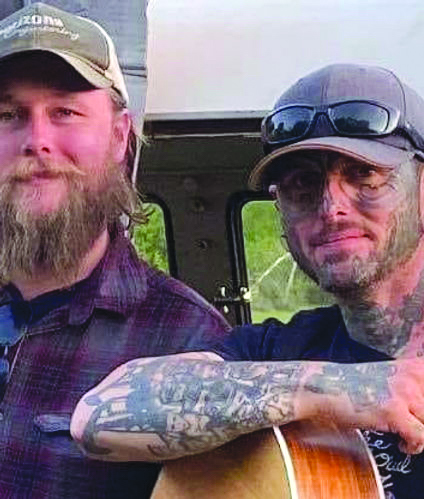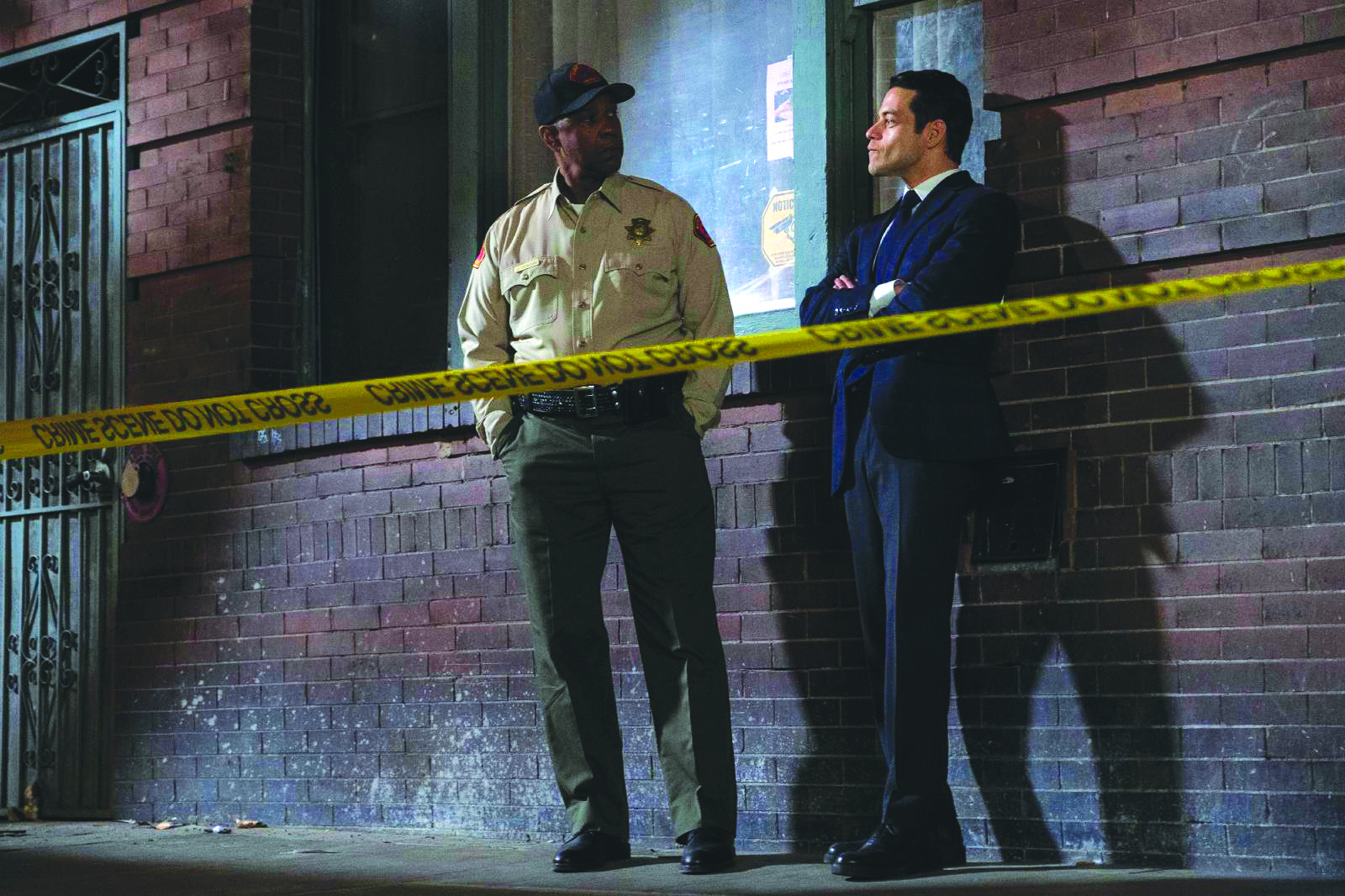Record release show among Area 23 events
An off-the-beaten-path Concord restaurant and taproom is doing all it can to keep original music alive in New Hampshire. Area 23 was among the first venues in the state to revive live entertainment when lockdown was lifted last spring. Owner Kirk McNeil continues in these cold months, lately offering Saturday night “swap sets” that give two local artists an opportunity to showcase their talents.
“We all have something to say about our experiences in the world; we’ve all been touched by a certain song or songs in our lives,” McNeil said recently, when asked to explain his commitment to the regional scene. “Supporting local music helps those fresh voices and experiences come into the world and reach more ears.”
Many of the acts appearing at Area 23 began at the midweek open mic, including Littleton-based Thrown to the Wolves, which will celebrate its first full-length CD with a release party on Feb. 26. The rootsy duo consists of singer-songwriter Higher Frequency — who answers to Freak while declining to reveal his birth name — and fiddler JD Nadeau.
Freak is an amalgamation of a high-country Tom Waits and the Illustrated Man. Ink covers much of his body and all of his face. The habit began as a fascination with his father’s tattoos, and eventually he became an artist. He said in a recent phone interview that he first thought of facial tattooing as a seven-year-old.
“Doing it for the first time was revelatory,” he said. “I wasn’t really comfortable with me until I started. … When I looked in my mirror after I had my first session on my face, I said, ‘Oh, there you are!’”
Musically, Freak’s moaning, growling songs are filled with images of hellhounds, fire and fury; mostly, his unbridled singing is about rejecting all of that.
“I don’t need to believe one way or another to be a good human being,” he said.
“Just love your fellow man and cherish your own soul,” sings the minister’s son on the lead track to the forthcoming Right Side of Wrong, Wrong Side of Good. “I don’t need your Heaven, and I don’t need your Hell — to be a better man, I just found myself.”
Freak is self-taught; he picked up guitar a few years back.
“As soon as I could put three chords together I wrote my first song,” he said.
The woman he wrote it for was not as enamored of his foray into music.
“The more I wrote, the more she hated it, and the more in love with it I became,” he said.
Nadeau’s galloping fiddle adds a wealth of spice to their tunes; it’s hard to think of them without the texture he provides. When they met at an open mic in Newport Center, Vermont, a couple of years back, Freak thought he only played guitar. They did a dozen songs together that night and met up a few weeks later at Nadeau’s apartment.
“Our styles weren’t fitting,” Freak said, noting that when Nadeau mentioned his other instrument, “I was like, ‘You play fiddle? Why didn’t you bring that up before?’”
The spark thus lit, the two would play their first gig at a festival in upstate New York originally booked for another band that, in Freak’s words, “went south.” He didn’t want to give up the slot, and meeting Nadeau made it an easier choice. A line from a song in progress gave the duo an appropriate name; that was over two years ago.
In mid-2019 a friend in the Concord band The Rhythm Upstairs invited him to Area 23’s Wednesday open mic. He and Nadeau got up and played a few songs. Soon after, they were offered a gig.
“First time I met him I was not expecting his music to be what it was,” McNeil said. “But I was in no way disappointed.”
Given its interesting beginnings, his growing audience is a pleasant surprise, Freak said.
“I never expected when I picked up the guitar that I would play in a band, or that people would like my music,” he said. “It even took me a few years to be like, ‘OK, there’s not that many people lying to me.’ So I just kind of rolled with it. Everything that I’m doing now is like a bonus … because it was never expected when I started this.”
Upcoming at Area 23
Friday, Feb. 5 – Dillan Welch
Saturday, Feb. 6 – Ross Arnold and Steve Butler
Friday, Feb. 12 – Brian Munger
Saturday, Feb. 13 – Hometown Eulogy
Friday, Feb. 19 – Mikey G
Saturday, Feb. 20 – Chip and the Figments
Friday, Feb. 26 – Thrown to the Wolves
Saturday, Feb. 27 – Ken Clark and Chris Fitz
Every Wednesday – open mic
Every Saturday – jam (2-5pm)
All shows run 7 to 11 p.m. except Saturdays
Featured photo: Thrown to the Wolves. Courtesy photo.






